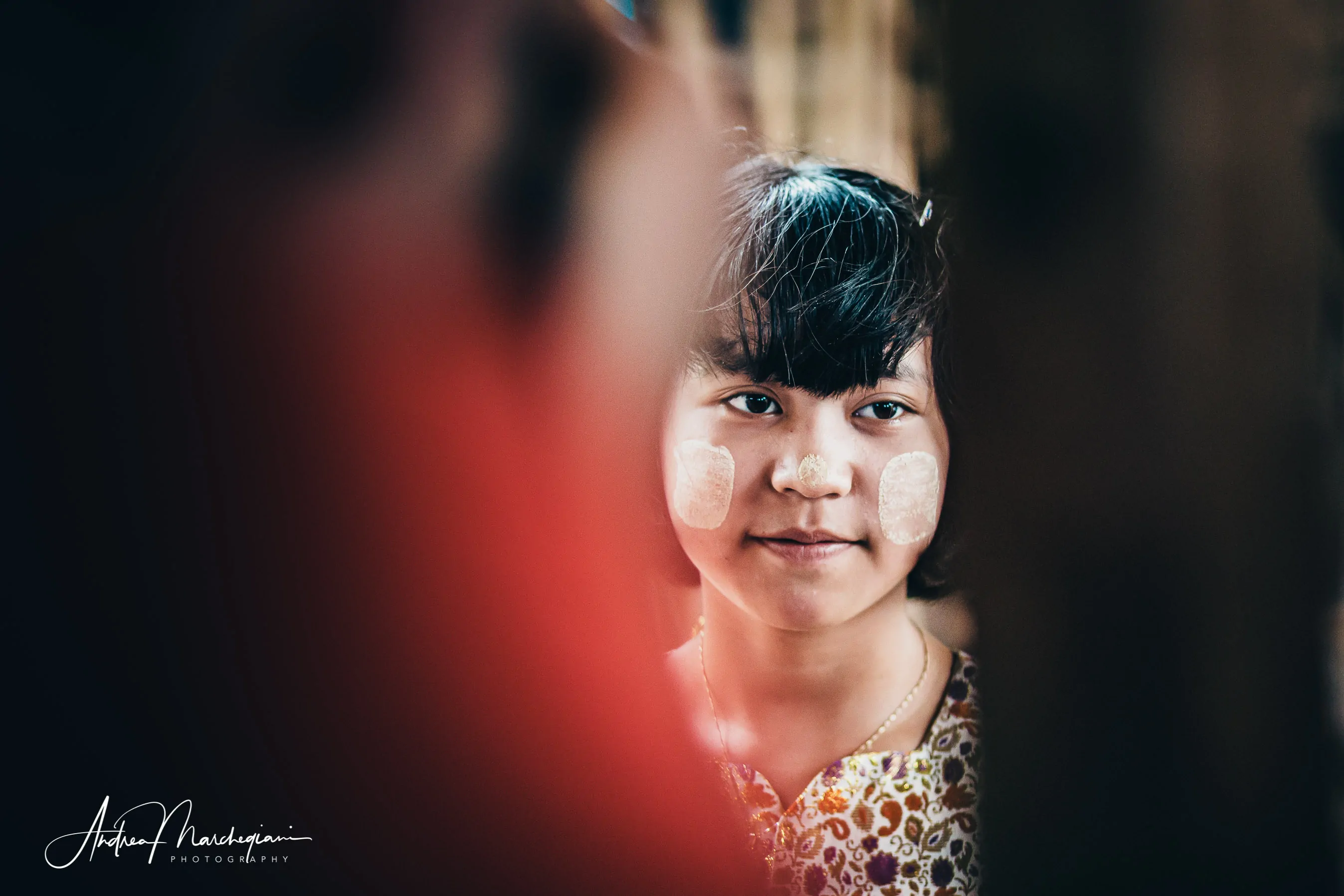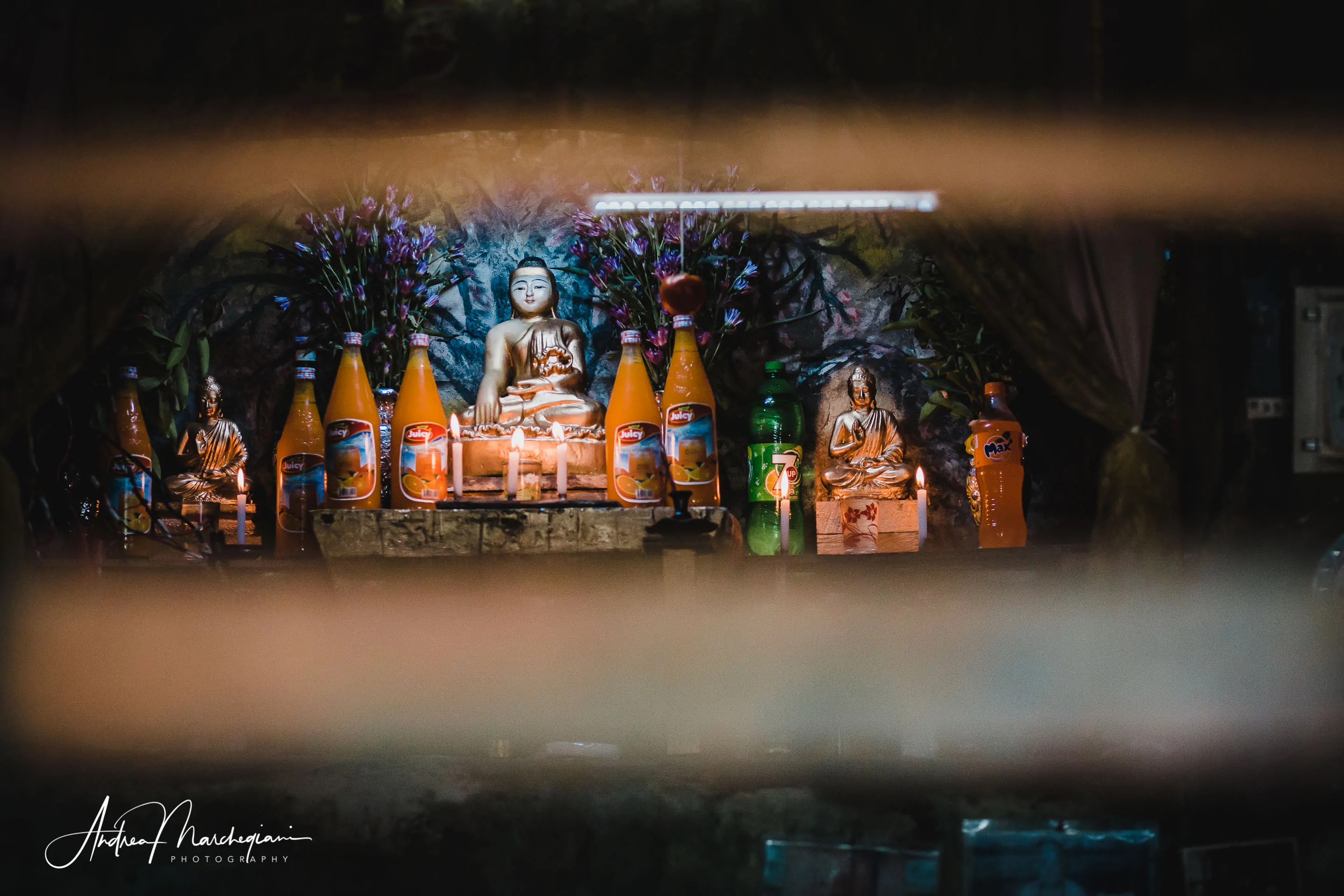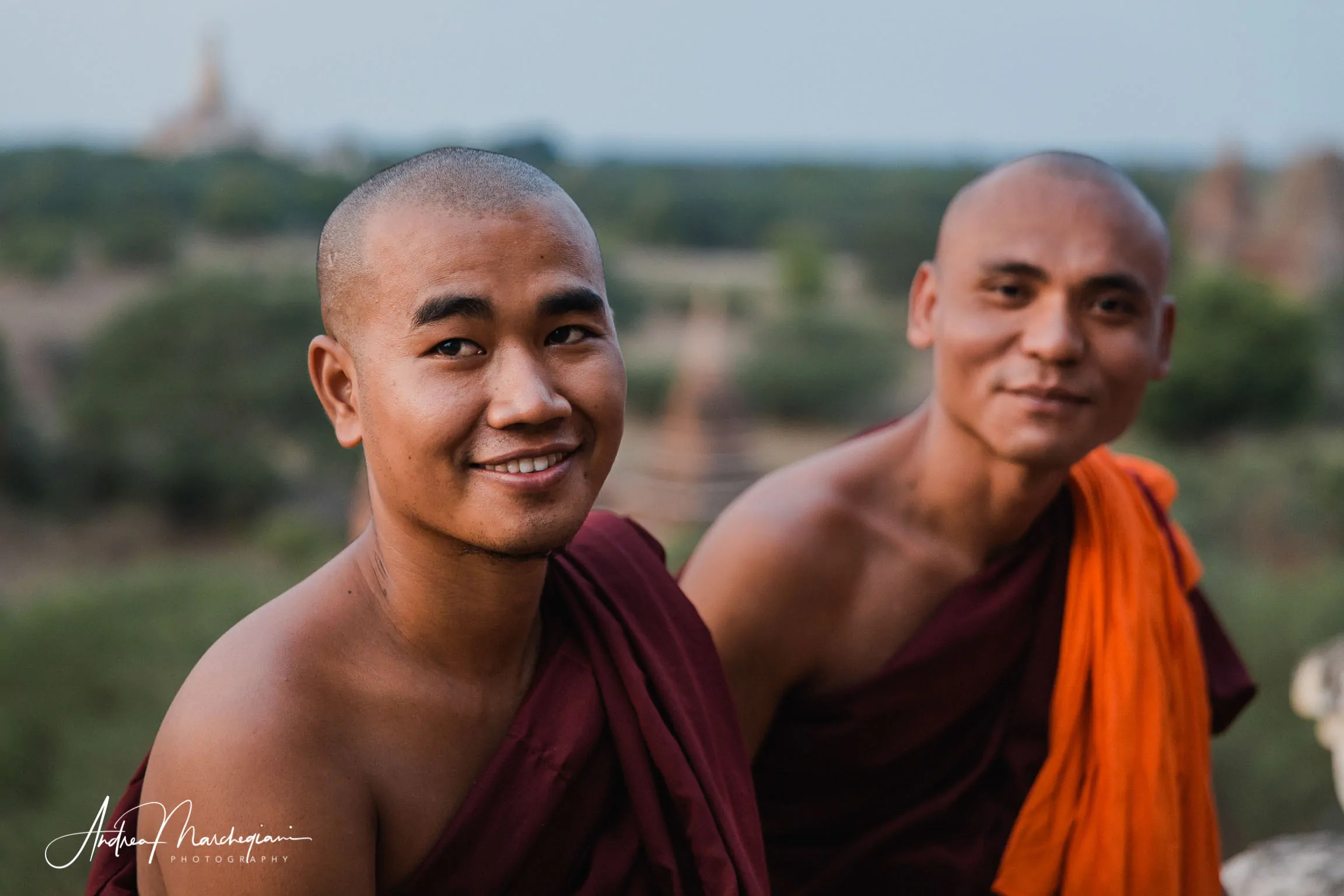
- Home
- Photo Galleries
- Portrait Photography
- Landscape Photography
- Street Photography
- China
- Ethiopia
- India
- Holy Ganges
- Varanasi
- Varanasi Ganga Aarti
- Varanasi, Manikarnika Ghat
- Varanasi Streets & Alleys
- Varanasi Demolition
- Varanasi Fruit Market
- Sarnath
- Brick Kilns
- Tamil Nadu, Chennai & Mamallapuram
- Tamil Nadu, Fort Tirumayam & Madurai
- Tamil Nadu, Tiruvannamalai & Thanjavur
- Kerala, Munnar
- Kerala, Peryiar
- Kerala, Backwaters
- Kerala, Kochi
- Kazakhstan
- Myanmar
- Senegal
- Uzbekistan
- Travel Blog
- China
- Ethiopia
- India
- Tamil Nadu & Kerala
- Varanasi
- Whato to do in Varanasi
- Varanasi Life along the Ghats
- Varanasi Death along the Ghats
- Varanasi Ganga Aarti Ceremony
- Varanasi demolished to honor Shiva
- Varanasi Fruit Market
- “Varanasi, A Journey into the Infinite”
- Sarnath
- All about River Ganges
- Holy Shit. All about Indian Cow Dung
- Clean India Project
- Brick factories
- Tilaka, pundra, bindi: what is the mark on Indian foreheads?
- Kazakhstan
- Mongolia
- Ulaanbaatar, the coldest capital in the world
- What to do in Ulaanbaatar
- Chinggis Khan Museum, 6 floors of Mongolian history
- Gorkhi-Terelj National Park and Bodgkhan Natural Reserve
- Altai Mountains, Things to do in Olgii and Sagsai
- Living with the Eagle Hunters
- Sagsai Eagle Festival
- Navrus Festival
- Xöömej, Mongolian throat singing
- Mongolian Food
- Myanmar
- Senegal
- Uzbekistan
- Latest Posts
- Photography Blog
- About
- Prints
Share with your friends:

The legend of the dragon
Legend has it the Pa’o people are descendants of the dragon. A female dragon came to earth and disguised herself as a woman: she met an alchemist named Zawgyi and fell in love with him. The two decided to live together at the bottom of a cave. But one day the man woke up during the night and found the cave empty. He went into the forest and surprised his beloved sleeping on a bed of leaves in her dragon form. Shocked, he turned back and decided to abandon her.
The dragon, pregnant with two eggs, waited for the return of his beloved for days; eventually, desperate, she decided to leave the eggs in a monastery and return to the kingdom of dragons. The eggs hatched, giving birth to the king and queen of Pa’o. Even today, the colored turbans they wear recall the dragon’s head and the drapes of their clothes recall her scales.

Pa'o people and Tibetan Buddhism
As I walk the muddy paths of the village and smile at the shy children peeking out from the bamboo huts, I can already see in the distance Inle lake’s glittering waters. The atmosphere is relaxed and time seems to expand.
The Pa’o are the second most widespread ethnic group in the Shan state (the seventh of Myanmar), they profess the Buddhist religion and have Tibetan roots.
In the village there are several Buddhist temples and it is amusing to note that the majority of votive offerings are not the fruits of the earth, but the sugary drinks of the large Western trade chains. I imagine they must be expensive for the Pa’o to buy them, and therefore they must be particularly welcome in the temple.

Life in a Pa'o village
Apart from this small intrusion of modern life in the everyday life of the village, the Pa’o are very attached to their traditions: they live in bamboo houses-stilts and live on a subsistence agriculture that includes the cultivation of garlic, ginger, peanuts and different types of legumes.
The land is very fertile here and pays for their efforts: almost every stilt has an adjacent shed used as a barn. At this time of year, heads of garlic and corn are placed there, while stretches of ginger roots are exposed to air to dry. It actually rained a lot today, so the roots were washed, not dried.






All roads have become a mud slide. It is difficult to keep in balance and I fall more than once. It is a bit unnerving, but I decide not to make a big deal of it when I come across some children who are not avoiding contact with mud, but are actually wallowing in it and they look happy and fulfilled!

I also meet beautiful girls, with their faces painted with thanaka. It is a cosmetic made from pulverized lemonia acidissima wood. It is mainly used by women (but also some men), whi apply it on the face to purify the skin, perfume it and protect it from the sun.

Ana: taking care of each other is an absolute value
Another aspect of Pa’o’s culture, and Burmese in general, is the great sense of care for others: ana( အ န ). The Burmese fear their actions or demands may create discomfort for others, whose needs are held in very high regard.
So, in order not to be disrespectful, the Burmese tend not to say or do anything that could cause embarrassment to the other person.
Ana is a concept that has no equivalent in Europe, so it is difficult for us to understand how it pervades the whole of Burmese society.
It manifests itself mainly in formal relationships, with strangers or acquaintances, while relationships between family and friends are more spontaneous. However, these too are marked by care and affectionate respect, especially for the elderly who in Burma are venerated as jewels.
An example of ana in the family might be not saying you are sick not to worry the loved ones; between friends, it might be not saying you are hungry not to bother the guest. In a conversation, you may also avoid expressing opinions that may offend or create disagreement among those present.

Trekking in a Pa'o village
While trekking in the village Pa’o, I got to experience two aspects of ana and I was very impressed.
Oue Pa’o guide offered to host us at his house and cooked lunch. We took off our shoes before entering and sat with our legs crossed as it is not polite turning your feet towards the others (both are considered norms of good manners). We are served appetizers and fruit saucers, boiled vegetables, beans. My friend Barbara, trying to make a compliment, raised one of the saucers saying that she has particularly liked it and asking if there was more.
The guide felt obliged to offer more, but he no longer had any. His embarrassment was obvious as he began to prostrate himself on the ground, asking for forgiveness countless times. Barbara tried to tell him not to apologize, because she just wanted to compliment the excellent food, but at each compliment the guide felt increasingly at fault for not having prepared us more generous portions. The scene became so surreal we all ended up feeling embarrassed!

I have already mentioned the rainy day and the mud along the earthy streets. Well, at the end of our trek, we realized we had pounds of mud attached to the soles of the shoes. We started joking about it, pretending we couldn’t walk because of the weight of our shoes.
The guide felt obliged to remove the mud from our soles, one by one. It was impossible to stop him. The joy he felt in putting himself at the service of us guests and the embarrassment he felt if we did not agree to have our boots cleaned are still etched in my memory.

Myanmar is often referred to as the land of kindness. And it really is. If you think of visiting the country, be aware you will have a responsibility not to hurt the sensitivity of one of the kindest people in the world.


















